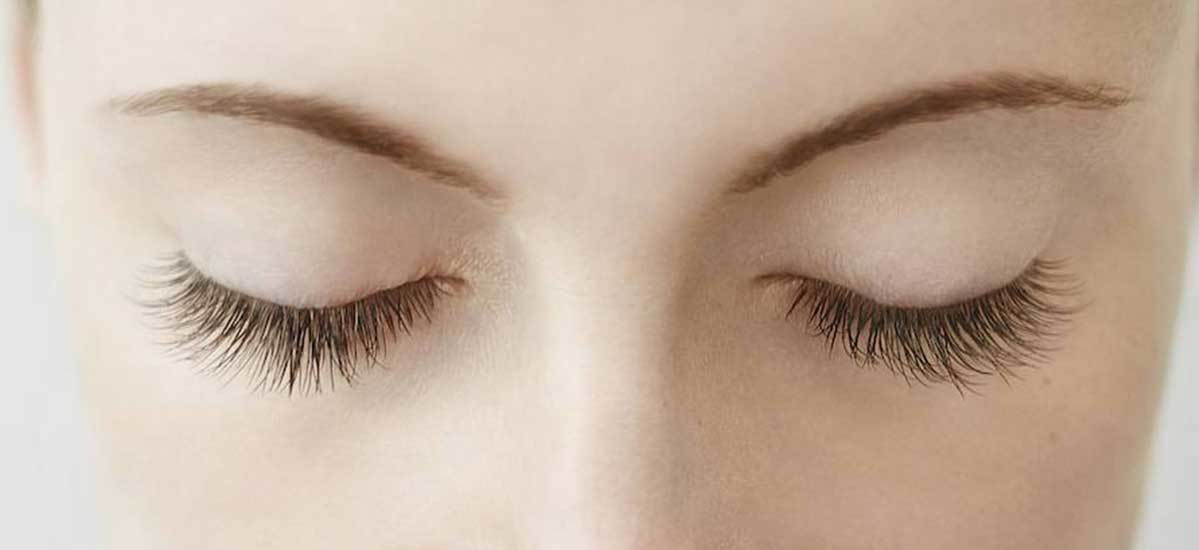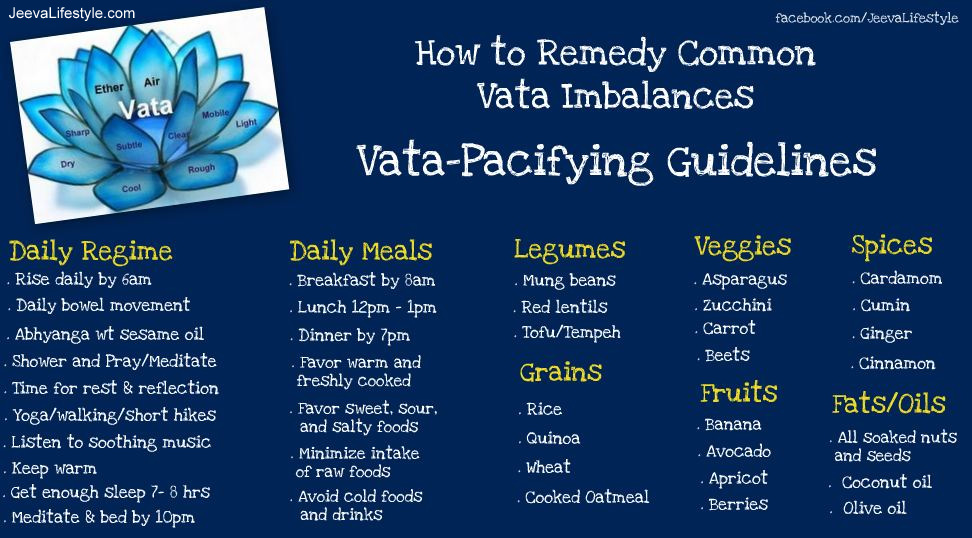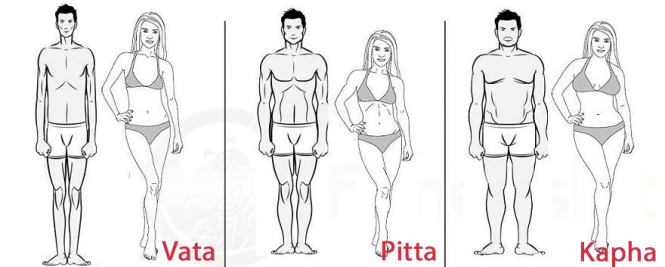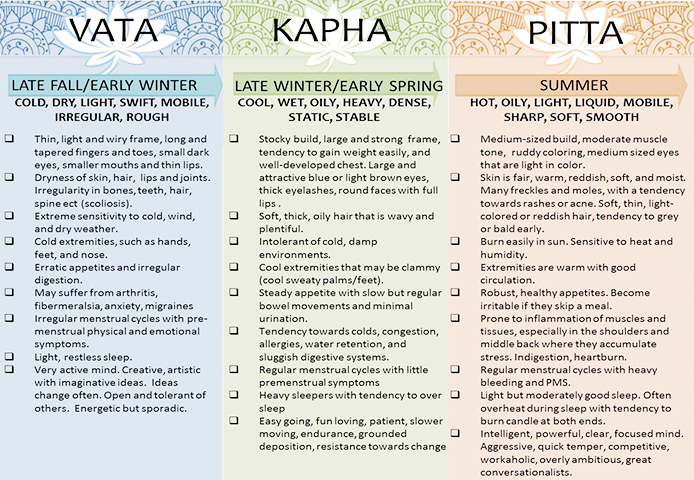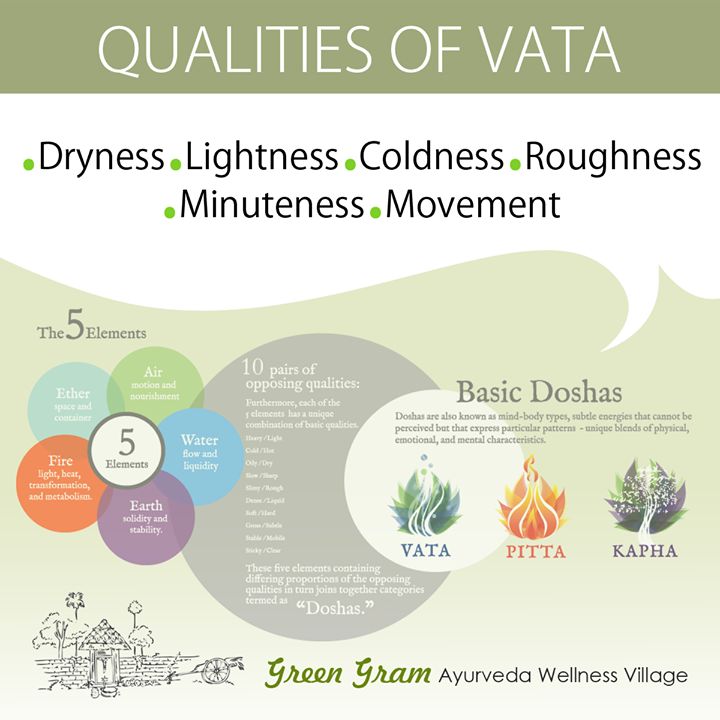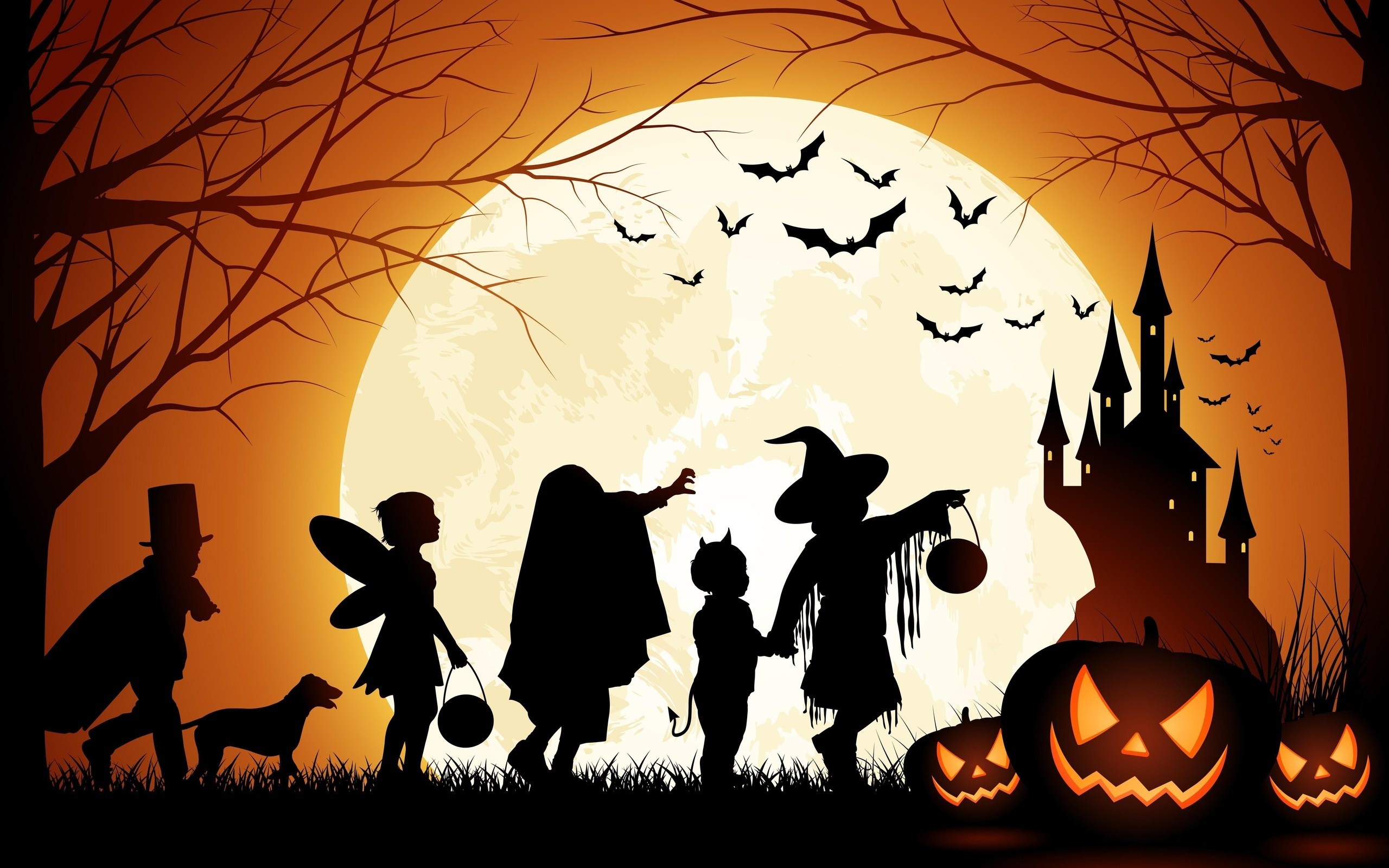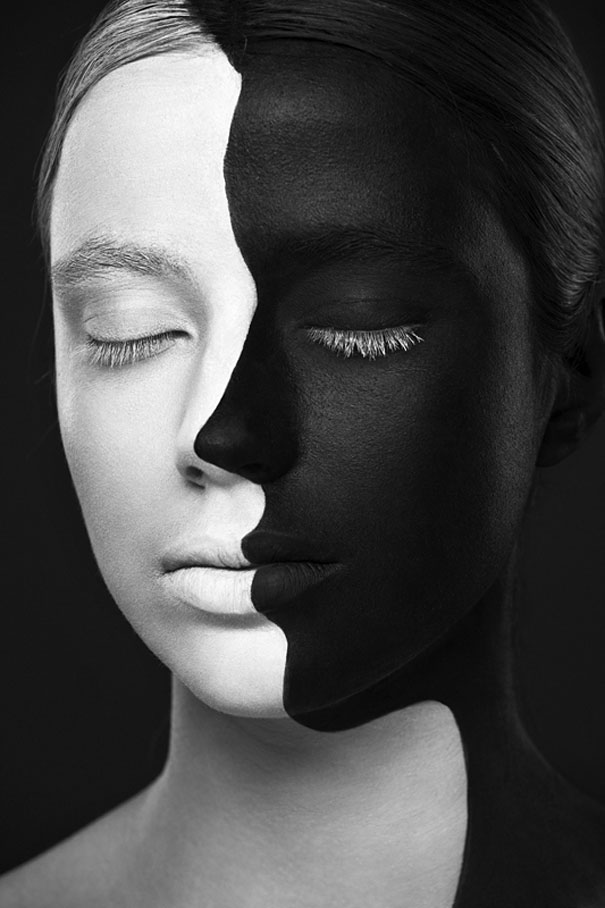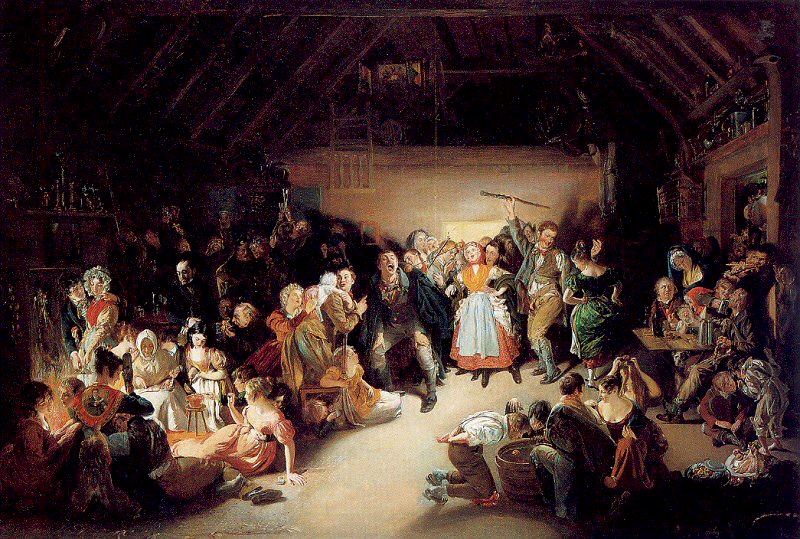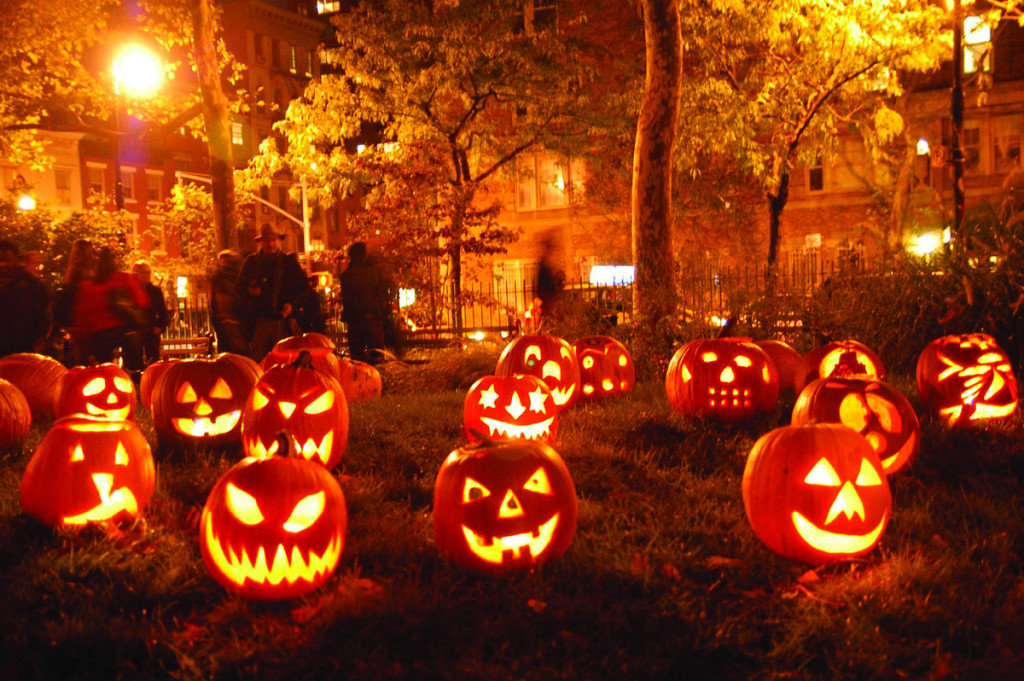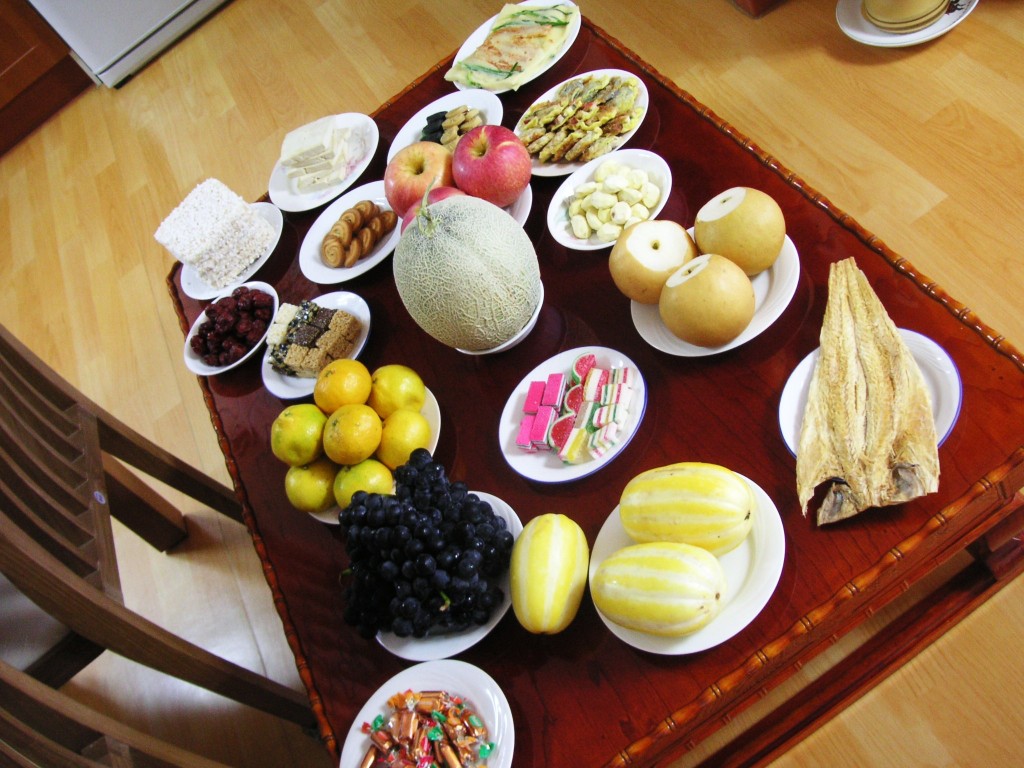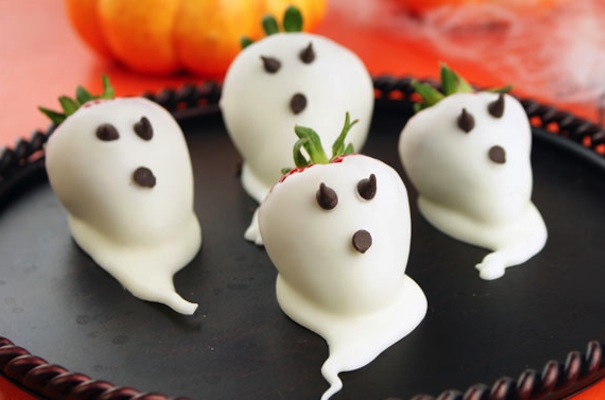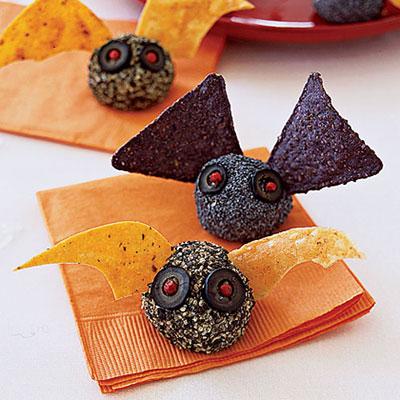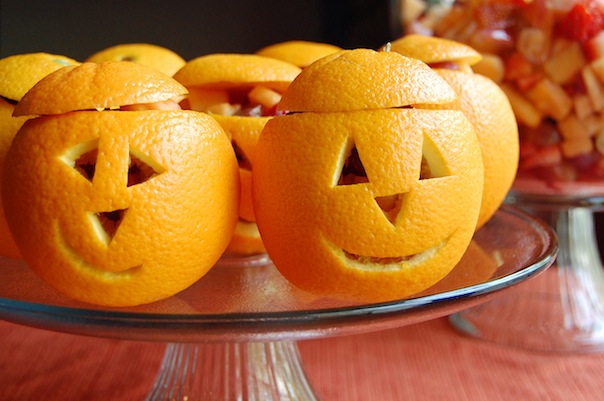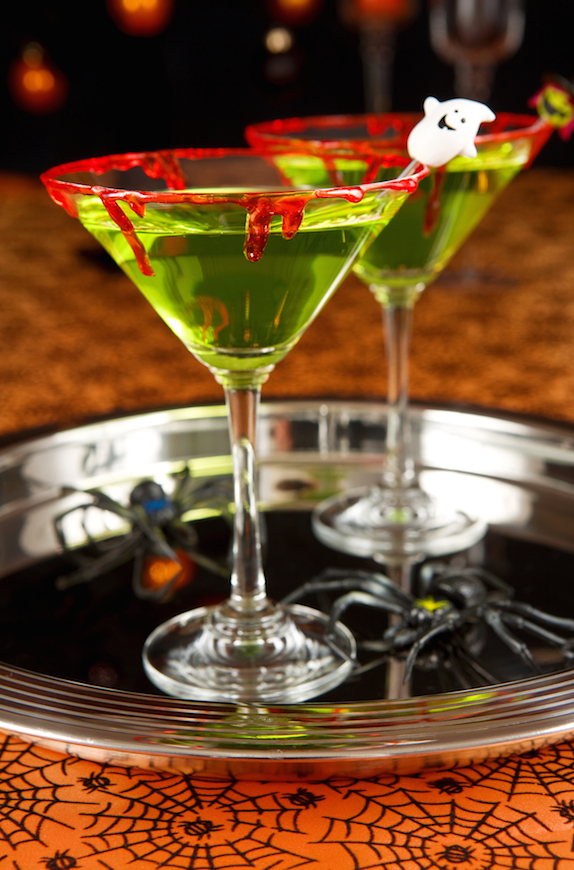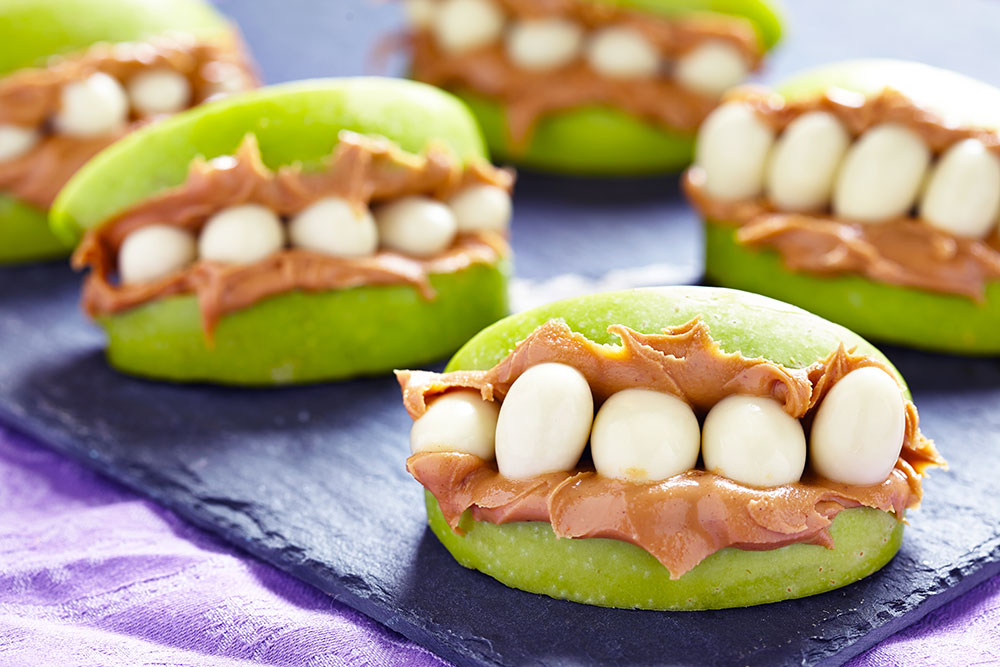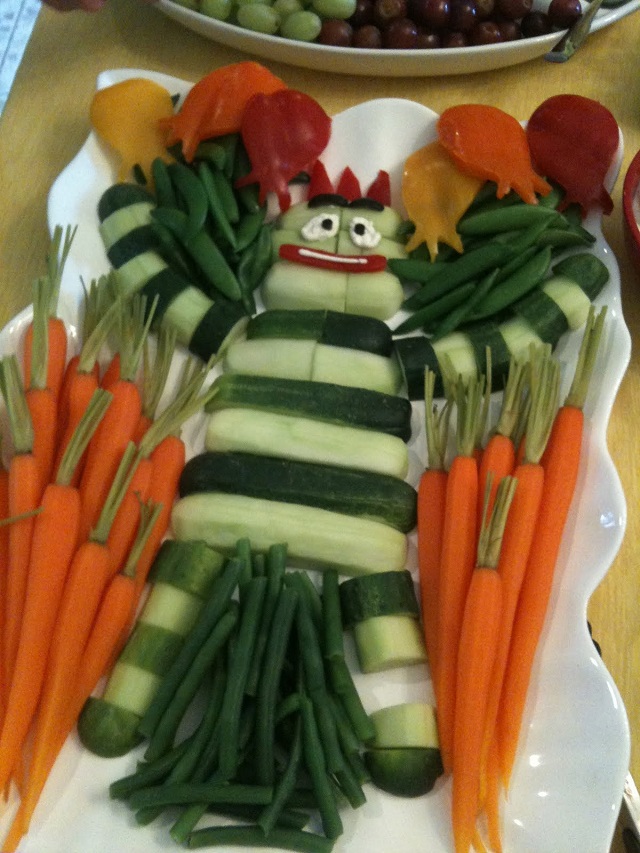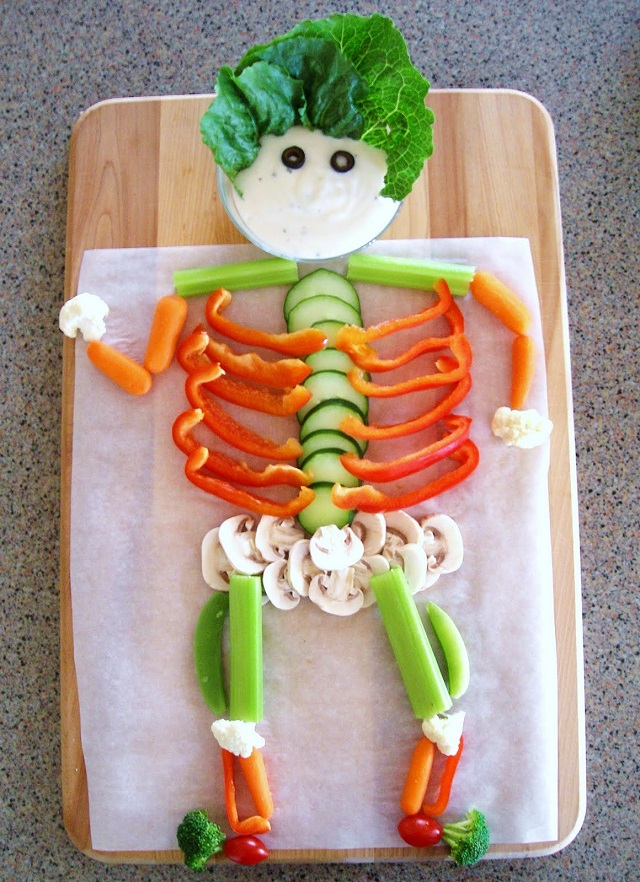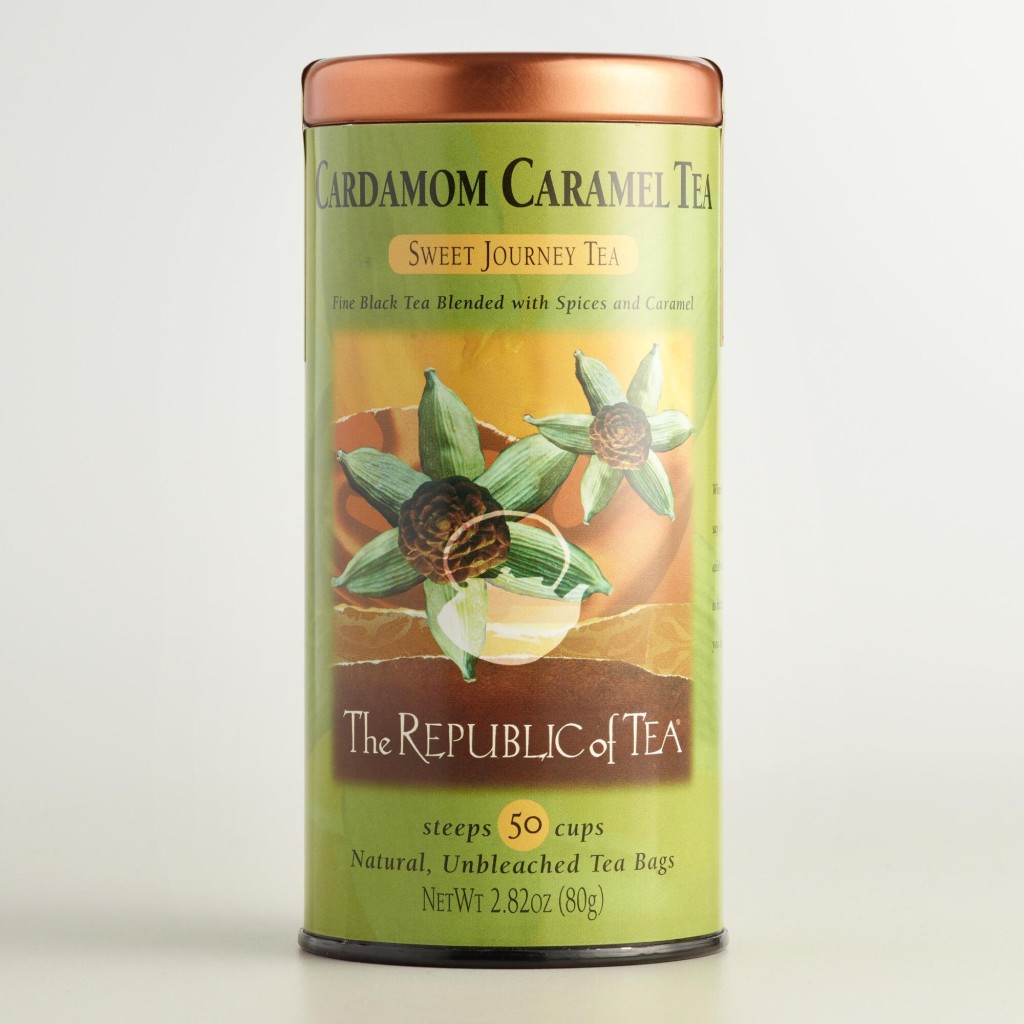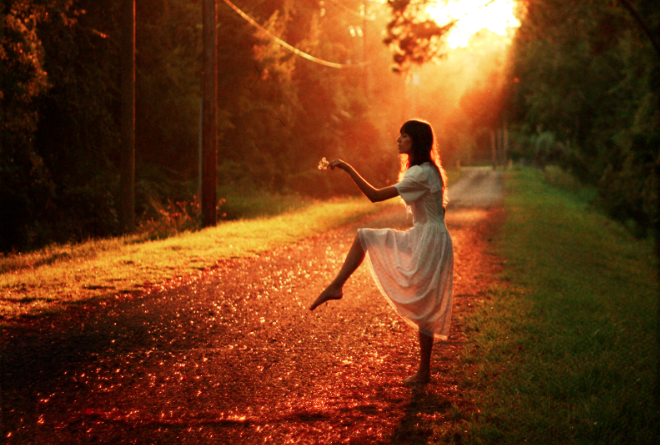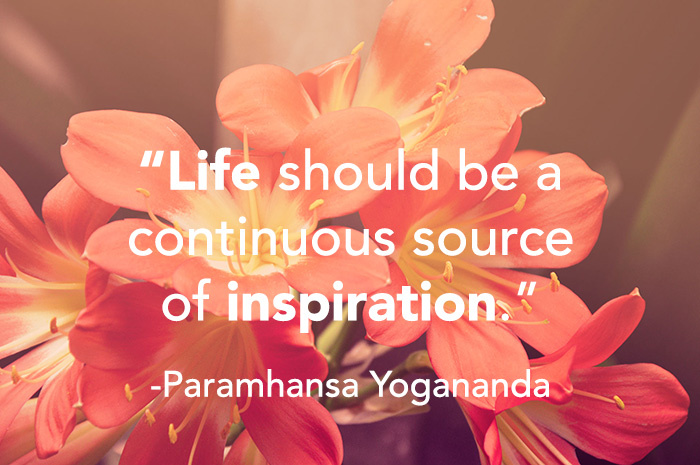What do doctors say about eyelash growth and enhancement techniques?
What do doctors say about eyelash growth and enhancement techniques?
On week 353 we are sharing what do doctors say about eyelash growth and enhancement techniques? Thank you for your visits, likes, and shares. So many of you have been with us for so many years we very grateful for it, thank you from all of us.
An introduction to eyelash hypotrichosis and why women are trying to grow longer eyelashes.
What causes eyelash hypotrichosis?
- Summary: Eyelash hypotrichosis is defined as having lower than average length, thickness, and/or a number of eyelashes. Causes of eyelash hypotrichosis include hereditary, aging, chemotherapy, medical treatment, eye surgery, and physical trauma.
- https://www.ncbi.nlm.nih.gov/pmc/articles/PMC2861943/
- Causes of eyelashes hypotrichosis are many, including hereditary, aging, chemotherapy, other medical treatment and unknown causes. Physical trauma involving the face, eye surgery, and trichotillomania may also cause thin or absent lash growth
- https://www.latisse.com/FAQs.aspx
- Eyelash hypotrichosis is the medical name for having inadequate or not enough lashes. Eyelash hypotrichosis is defined as having lower than average length, thickness and/or the number of eyelashes.
- https://www.ncbi.nlm.nih.gov/pmc/articles/PMC4828511/
- Physiologically, during the period of pre-menopause in women density of estrogen in the blood lowers with the natural rise of androgen concentration, which might be the cause of androgenic hair loss.
There are lots of “tips” on how to grow your eyelashes online. Some of them definitely have no scientific evidence behind it at all and some of them are just commercial advertising, so it would be great to get some professional opinions on them.
A brief introduction to the doctor: Dr. Sandy Skotnicki https://g.co/kgs/8fmqtJ
prevalent tips for growing eyelashes on the Internet
1 Coconut oil
Online sources: Not only is coconut oil nutritious, it is also a miracle product for your body, especially as a treatment for dry hair and dry skin. Its natural properties hydrate and encourage growth in hair, and I recently found out that the same principle applies to eyelashes. So I got myself some virgin 100% organic coconut oil to find out what the fuss is about.
What does the doctor say?
“There is no scientific data to support the use of coconut for prevention of eyelash loss or to help the eyelashes grow longer. Applying vaseline around the eyes can cause inflammation/irritation for some people”
2. Castor oil
What does the doctor say?
it is really the only herbal treatment shown in limited research to potentially improve hair loss and women use it for regrowing eyelashes and eyebrows.
3. Cutting eyelashes so that it will grow stronger and longer
What does the doctor say?
“There is no data on this.”
Medical Treatments for Eyelash Growth
Approved source Hair follicles have a cyclical behavior pattern. The growth phase of the eyelash lasts approximately 30 days. Although the exact mechanism is unknown, it is believed that Latisse increases the proportion of hair follicles in the growth phase of the hair cycle.
The most common side effects include an itching sensation, eye redness, skin darkening, eye irritation, dryness of the eyes, and redness of the eyelids. While very infrequent, increased brown iris pigmentation of the colored part of the eye has occurred, which is likely to be permanent.
https://www.latisse.com/FAQs.aspx
http://www.latisse.com/SafetyAndSideEffects.aspx,Latisse prescribing information
-
- The most common side effects after using LATISSE® solution are an itching sensation in the eyes and/or eye redness. This was reported in approximately 4% of patients in the clinical study. LATISSE® solution may cause other less common side effects, which typically occur on the skin close to where LATISSE®
-
- is applied or in the eyes. These include skin darkening, eye irritation, dryness of the eyes and redness of the eyelids.
- This is one of the most common questions I get asked. LATISSE® use may cause increased brown iris pigmentation of the colored part of the eye which is likely to be permanent. While very infrequent, increased iris pigmentation has occurred when LATISSE® solution was administered. Do not apply LATISSE® in your eye or to the lower lid. Ask your doctor for complete application instructions.
What does our doctor say?
It’s “clinically proven”. Latisse or the drug Bimatoprost can thicken and lengthen fine hairs – eyelashes and in some cases eyebrows when used regularly. This is because the hair follicle stays in a growth cycle for a longer period of time before it is shed.
Non-medical options to boost eyelash appearance
Online source: A basic set (typically 70 to 80 lashes per eye) can range anywhere from $100 to $400 and because eyelashes grow and eventually fall out, you’ve got to go back every few weeks for fill-ins, which can cost anywhere from $50 to $165, depending on how many new lashes you need.
What does the doctor say?
Eyelash extensions can damage the natural lash. some women may be allergic to or develop an allergy to the adhesive that is used.
2. Lash-boosting mascara Mascara
Online Source: A blend of arginine, acid proteins, and Pro-Vitamin B5, etc helps eyelashes grow.
What does the doctor say?
“There is no scientific evidence to back them up.”
Summary
There are too many unverified “facts” floating on the internet. It’s always advised to consult a “true” doctor online or offline.
Additional Q&A to Consider
- In terms of diet, what can we do to naturally grow stronger, fuller lashes? What foods should we be eating, and what in those foods is helping hair growth? How does that process work?
What does the doctor say?
From review article on supplements and hair growth https://www.ncbi.nlm.nih.gov/pmc/articles/PMC6380979/#
Eyelashes are continuously lost and replaced. The growth phase is typically around 3 months and then the hair follicle sheds the hair and a new one grows. A diet with supplements that help with hair growth would be beneficial, but the science is scant.
Unfortunately, there is a lot of information on the internet about biotin in the diet (eggs are high in biotin) as well as biotin supplements for hair growth – but there is little scientific evidence that biotin improves hair growth in normal individuals.
There is some evidence that selenium may help hair growth. A study showed newly forming hairs take up selenium after receiving trace elements in the blood. Brazil nuts are rich in selenium. But too much selenium can make hair brittle.
Vitamin D can be helpful in patients who have hair shedding on the scalp. The research is unclear for eyelashes. Foods high in vitamin D include fatty fish, beef liver, cheese, and mushrooms.
At the present time, there is insufficient research to suggest zinc, riboflavin, folic acid or Vit B 12 rich foods help with hair growth.
- How can makeup affect the health of our lashes? What steps can we take to prevent negative effects, and are there specific ingredients we should avoid? Are there any types of makeup or ingredients that are healthful for our lashes?
What does the doctor say?
Mascara can damage the eyelashes if not removed nightly and it builds up. It can lead to loss of eyelashes. Using eyelash curlers that are not cleaned can also lead to loss as the eyelashes can stick. I counsel to avoid extensions; the glue can lead to loss of natural eyelashes and at times allergic reactions. Some oils can moisturize the eyelashes like castor oil but there is no evidence they lead to increased growth.
- Why is using an eyelash comb important? What does an eyelash comb actually do in terms of making your lashes more luscious?
What does the doctor say?
I would not say they are vital to the eyelash health, but they can impart a bit of a curl and help separate lashes for easier application of mascara.
- What should we avoid if we want to naturally grow thicker, longer lashes? Why?
What does the doctor say?
Trauma to the eyelashes via curlers and mascara that is not removed regularly. Wearing waterproof mascara routinely which is harder to remove again can lead to trauma and loss of eyelashes.
- How effective are the following home remedies to apply to the eyelashes for growth? Which ones might actually help, and which ones should be avoided?
What does the doctor say?
Moisturizing your eyelashes just like your hair can make it more subtle and if it is less dry or brittle will keep it healthier. Avoid products with a multitude of ingredients that could irritate the delicate eye area. Castor oil is a good option for moisturizer.
EVEDARE Advanced Eyelash Growth Serum with Enhancing Peptides and Botanical Vitamins for Longer, Thicker, Fuller Lashes, Natural Extracts Improve Strength, Reduce Brittleness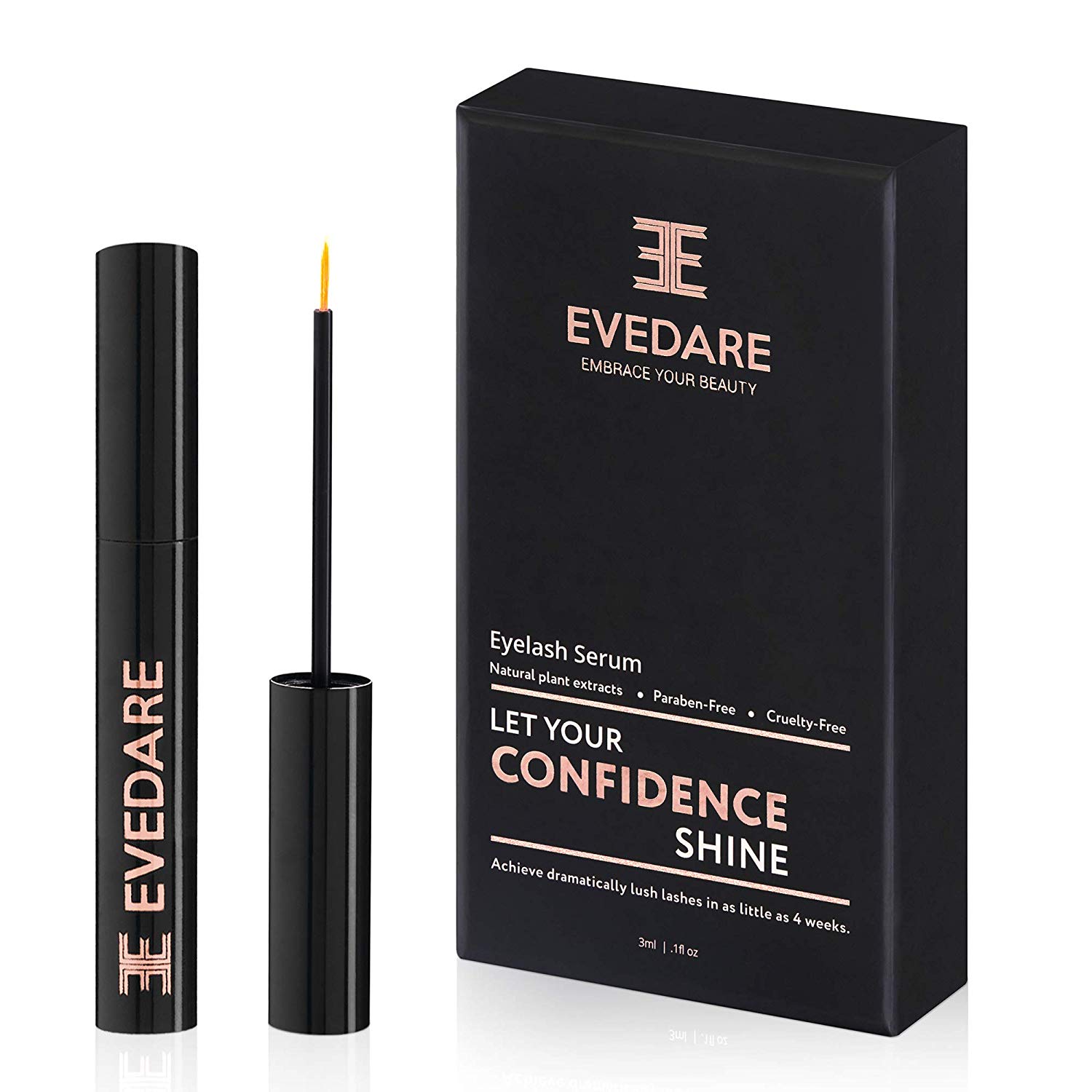
Luxury Lash Enhancing Serum – EVEDARE eyelash serum has been scientifically tested to produce stronger, thicker lashes with fuller volume in just weeks thanks to the all-natural plant extracts and essential vitamins your lashes need.
Promote Healthy, Active Growth – Packed with Gingko Biloba, Bergamot, and Red Onion extracts our lash growth serum works to nourish hair and enhance circulation from root to tip while creating thicker, fuller results you’ll love.
LiLash Purified Eyelash Physician-Formulated Serum for Fuller & Longer Looking Eyelashes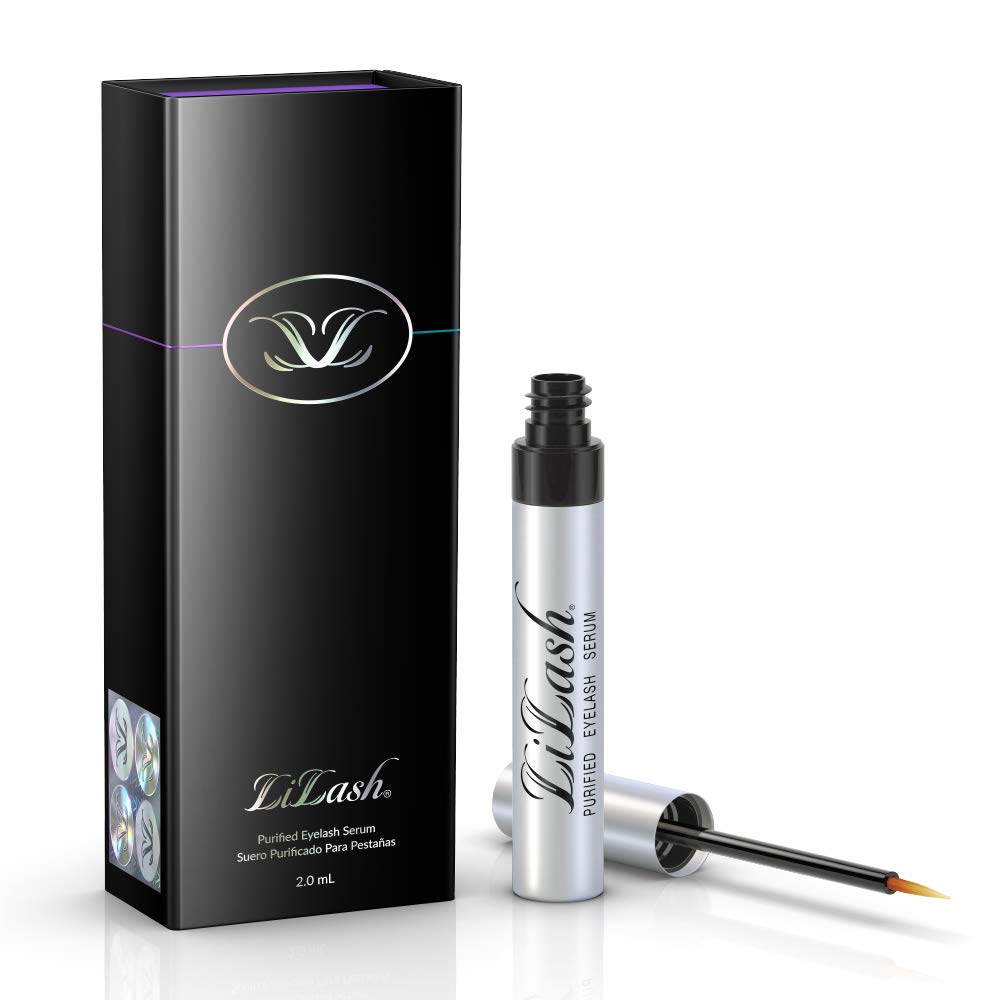
PHYSICIAN FORMULATED SERUM – Using groundbreaking technology and a unique formula blended with the finest ingredients, LiLash conditions and nourishes follicles to boost the appearance of length, thickness and curl of your lashes so that you can be your best, authentic self
90-DAY SUPPLY (2mL) – Use for 90 DAYS for FULL RESULTS! In less time than it takes to swipe on a single coat of mascara, transform your very own lashes into LiLashes, by using LiLash Purifying Eyelash Serum. Your LiLashes will begin to wake up around 4 weeks and reach full bloom in 60-90 days
